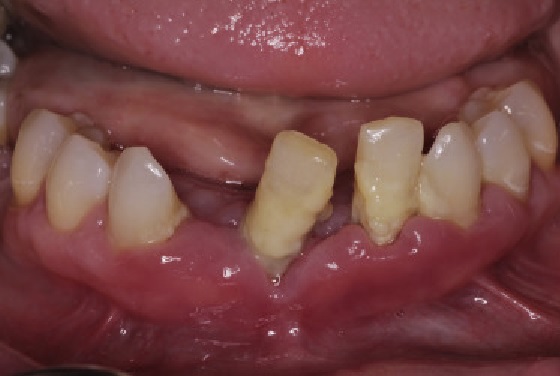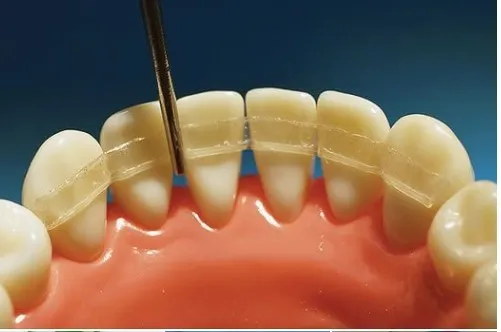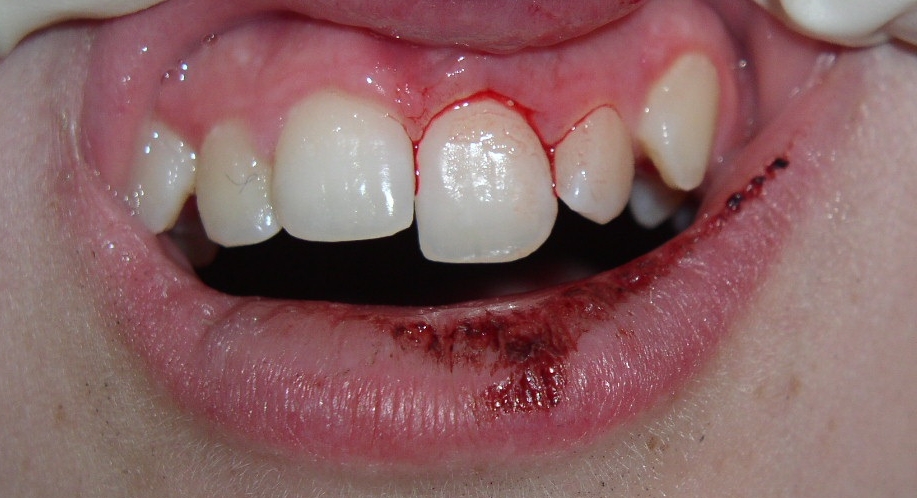How to Pull Out a Loose Tooth Without Pain: Expert Tips for a Safe Process

Pulling out a loose tooth can seem daunting, especially for adults. Whether it’s due to gum disease, trauma, or natural tooth loosening, taking out a tooth painlessly requires careful consideration and attention. While many people attempt to pull out loose teeth at home, doing so improperly can lead to complications, such as infection, pain, or damage to surrounding teeth.
In this guide, we’ll walk you through how to pull out a loose tooth without pain, when it’s safe to do so at home, and when it’s necessary to consult a dental professional. Ensuring a pain-free and hygienic process is key to avoiding long-term oral health issues.
When Is It Safe to Pull Out a Loose Tooth at Home?
Before diving into the steps to remove a loose tooth, it’s important to understand when it’s safe to do so at home versus when you should seek professional dental care.
Safe Situations to Pull Out a Loose Tooth:
- Baby Teeth: Baby teeth, also known as primary teeth, naturally loosen and fall out between the ages of 6 and 12 as adult teeth come in. If a baby tooth is extremely loose and hanging by a thread, it may be safe to pull it out gently.
- Mildly Loose Adult Teeth: In some cases, if the tooth is naturally loosening due to gum disease or minor trauma, it may be appropriate to remove it if it’s causing discomfort. However, if the tooth is loose due to serious gum disease, it’s essential to consult a dentist to prevent complications.
Situations That Require Dental Attention:
- Severe Gum Disease (Periodontitis): If your tooth is loose due to gum disease, pulling it out yourself could worsen the condition. Deep pockets of bacteria can lead to infections and may require professional intervention.
- Trauma: A loose tooth caused by an accident or injury should be treated by a dentist to prevent further damage.
- Pain or Infection: If you experience pain, swelling, or signs of infection (like pus or a foul taste), it’s important to seek dental care rather than pulling the tooth at home.
If you’re uncertain about whether it’s safe to pull your loose tooth at home, it’s always best to consult your dentist. A professional can guide you through the process or recommend the most appropriate treatment.
How to Pull Out a Loose Tooth Without Pain: A Step-by-Step Guide
Once you’ve determined that it’s safe to pull your loose tooth at home, you can follow these simple steps to ensure a painless and safe process.
1. Assess the Tooth’s Looseness
Before pulling out a loose tooth, ensure it’s truly ready to come out. A tooth that is extremely loose and moves with little pressure is likely ready for extraction. However, if the tooth is still firmly attached, pulling it prematurely can lead to unnecessary pain and damage to the gums and surrounding tissue.
Tip: Use your tongue or clean fingers to gently wiggle the tooth and assess how much movement it has. If the tooth doesn’t move easily, wait a few days and continue gently wiggling it to encourage further loosening.
2. Wash Your Hands and Sterilize the Area
Good hygiene is essential to prevent infection when removing a loose tooth. Start by thoroughly washing your hands with soap and water. You’ll also want to sterilize the surrounding area, including your mouth and any tools you plan to use.
Tip: Rinse your mouth with a saltwater solution (one teaspoon of salt dissolved in eight ounces of warm water) to disinfect the area around the loose tooth. This will help kill any bacteria that could cause infection after the tooth is removed.
3. Wiggle the Tooth to Loosen It Further
The best way to painlessly remove a loose tooth is by gradually loosening it over time. You can do this by gently wiggling the tooth with your tongue, clean fingers, or a sterile gauze pad. This helps the tooth detach from the surrounding gum tissue, making it easier to pull out pain-free.
Tip: Encourage children with loose baby teeth to wiggle the tooth gently throughout the day. Avoid using too much force, as this could cause discomfort or bleeding.
4. Use a Gauze Pad or Tissue to Grip the Tooth
When you’re ready to remove the tooth, use a sterile gauze pad or tissue to get a better grip on it. Avoid using any sharp or pointed tools, as these can cause damage to the gums and lead to bleeding.
Tip: If the tooth doesn’t come out easily after a few gentle tugs, give it more time. Forcing a tooth out can cause unnecessary pain and gum irritation.
5. Pull the Tooth Gently
Once you have a firm grip on the loose tooth, gently pull it out with steady pressure. Avoid jerking or twisting the tooth, as this can cause pain or damage to the surrounding tissue. If the tooth is ready to come out, it should detach easily with minimal discomfort.
Tip: If you feel resistance or pain, stop pulling and wait a few more days before trying again. Forcing the tooth out before it’s ready can lead to unnecessary pain and complications.
6. Address Any Bleeding
After removing the tooth, there may be some light bleeding from the gum. This is normal and should stop within a few minutes. To control the bleeding, apply a sterile gauze pad or clean cloth to the socket and apply gentle pressure.
Tip: Keep the gauze in place for 10-15 minutes or until the bleeding stops. If the bleeding continues for more than 30 minutes, contact your dentist.
How to Care for the Area After Removing a Loose Tooth
Once the tooth is out, proper aftercare is essential to ensure the gum heals properly and to prevent infection. Follow these tips to take care of the extraction site:
- Rinse With Saltwater
After removing the tooth, rinse your mouth with a saltwater solution to help disinfect the area. This promotes healing and reduces the risk of infection. - Avoid Hard or Crunchy Foods
Stick to soft foods for the first 24 hours after removing the tooth. Avoid anything that could irritate the area, such as hard, crunchy, or hot foods. - Keep the Area Clean
While it’s important to maintain oral hygiene, be gentle around the extraction site. Use a soft-bristled toothbrush and avoid brushing directly on the gum socket for the first day or two. - Monitor for Signs of Infection
Keep an eye on the extraction site for signs of infection, such as excessive swelling, pus, or persistent pain. If you notice any of these symptoms, contact your dentist immediately.
When to See a Dentist Instead of Pulling a Tooth at Home
While it may be tempting to pull a loose tooth yourself, there are situations when professional care is the safest option. You should see a dentist if:
- The tooth is loose due to gum disease or an underlying dental issue.
- The tooth is not coming out easily and causing pain.
- There is excessive bleeding or signs of infection, such as swelling or pus.
- You’re unsure whether the tooth is ready to come out.
Why Professional Dental Extraction is Sometimes Necessary
In certain cases, particularly with adult teeth, it’s best to leave tooth extraction to a dental professional. Dentists have the tools and expertise to remove teeth safely and painlessly, reducing the risk of complications. Additionally, they can diagnose the underlying cause of tooth mobility and recommend treatment to prevent future issues, such as bone loss or further tooth loss.
Conclusion: The Right Way to Pull a Loose Tooth Without Pain
Pulling out a loose tooth without pain is possible if you follow the proper steps and take the necessary precautions. Whether it’s a baby tooth that’s ready to come out or an adult tooth that has become loose due to mild gum disease or trauma, patience and gentle handling are key to a pain-free experience.
However, if the tooth isn’t ready to come out or is causing significant discomfort, it’s always best to consult a dental professional. They can ensure the tooth is removed safely and guide you through any necessary follow-up care to maintain your oral health.
Internal Links for Further Reading:
- How to Tighten a Loose Tooth at Home
- Understanding Gum Disease and Its Treatment
- Tooth Is Loose but Still Attached in Adults: What to Do
High-Quality References:
- American Dental Association. (2023). Loose Tooth: Causes and Treatment. Retrieved from https://www.ada.org
- Mayo Clinic. (2023). Gum Disease and Oral Health. Retrieved from https://www.mayoclinic.org
- National Institute of Dental and Craniofacial Research. (2023). Tooth Mobility and Prevention. Retrieved from https://www.nidcr.nih.gov
- Colgate Professional. (2023). How to Safely Remove a Loose Tooth. Retrieved from https://www.colgate.com







